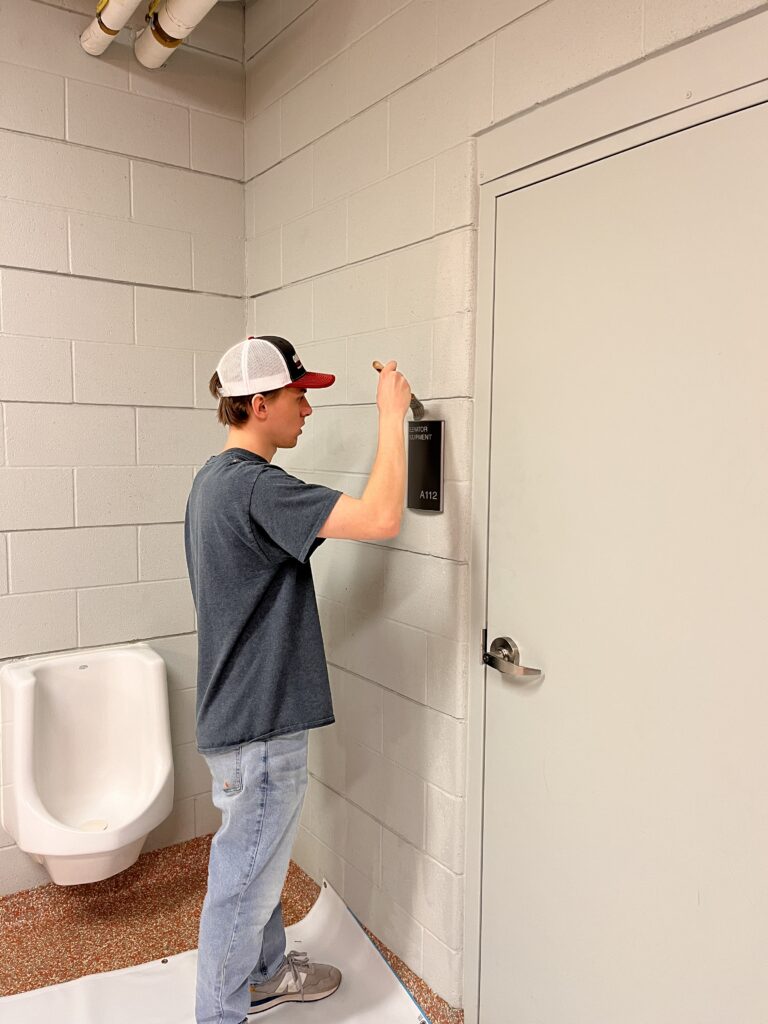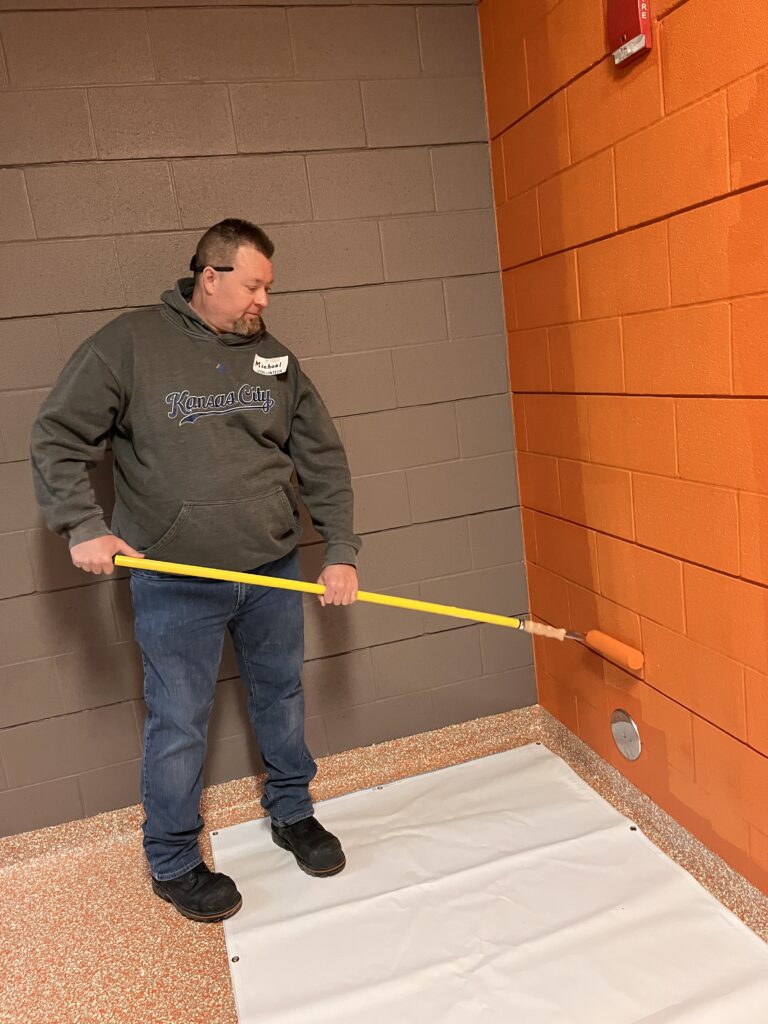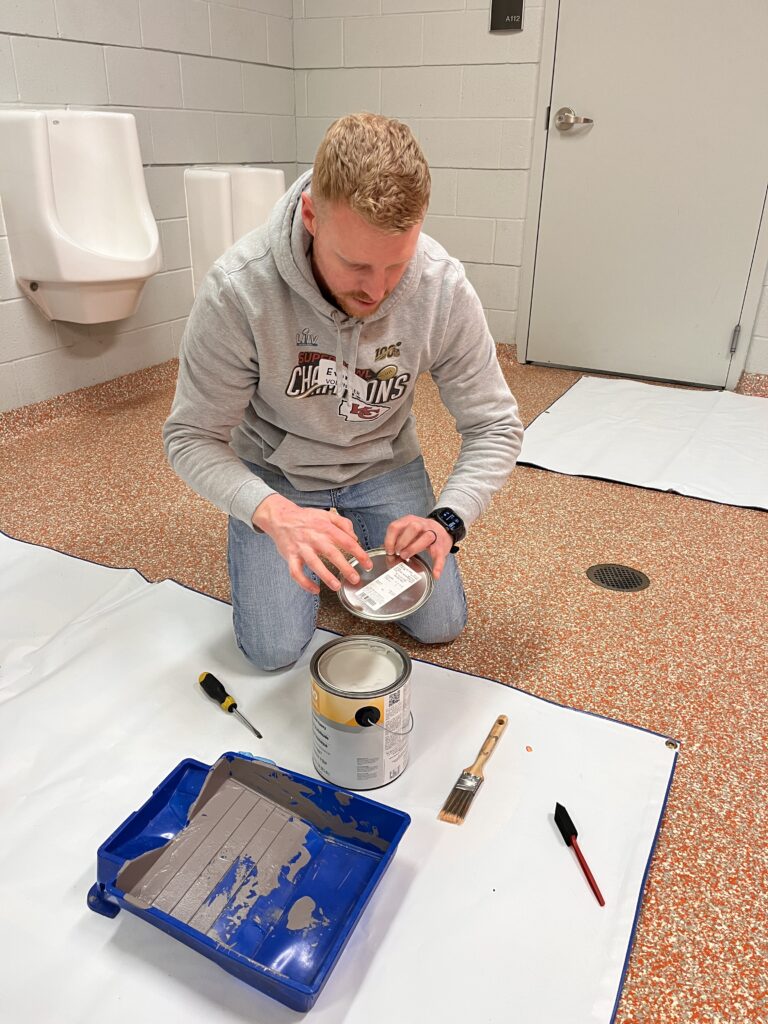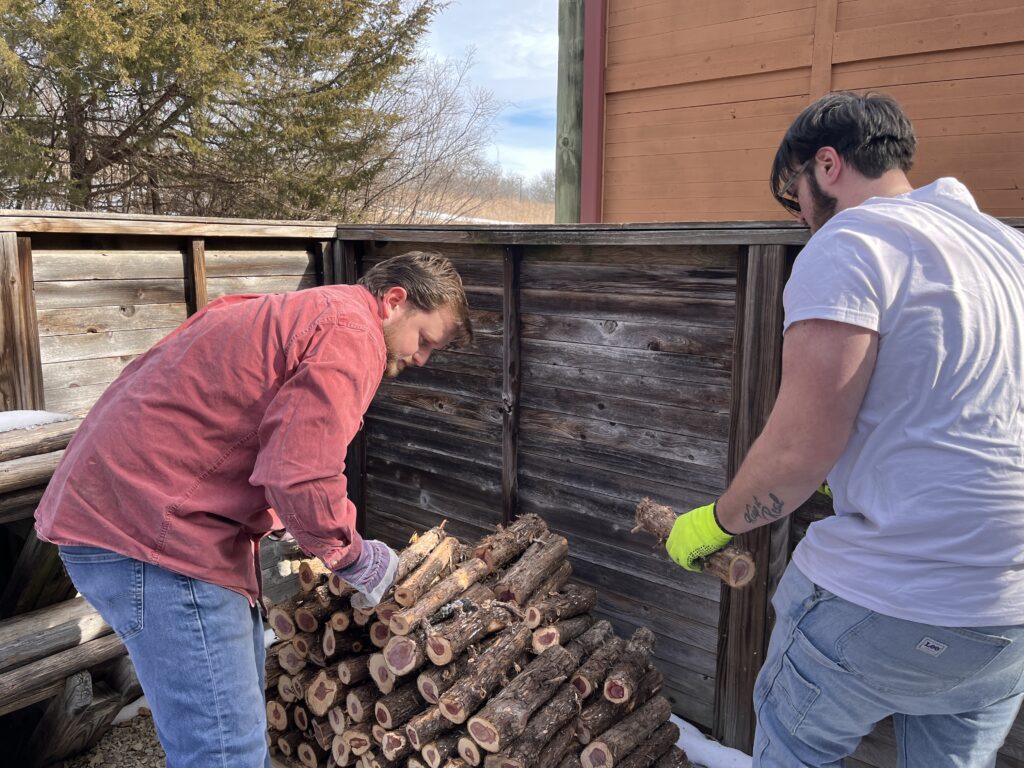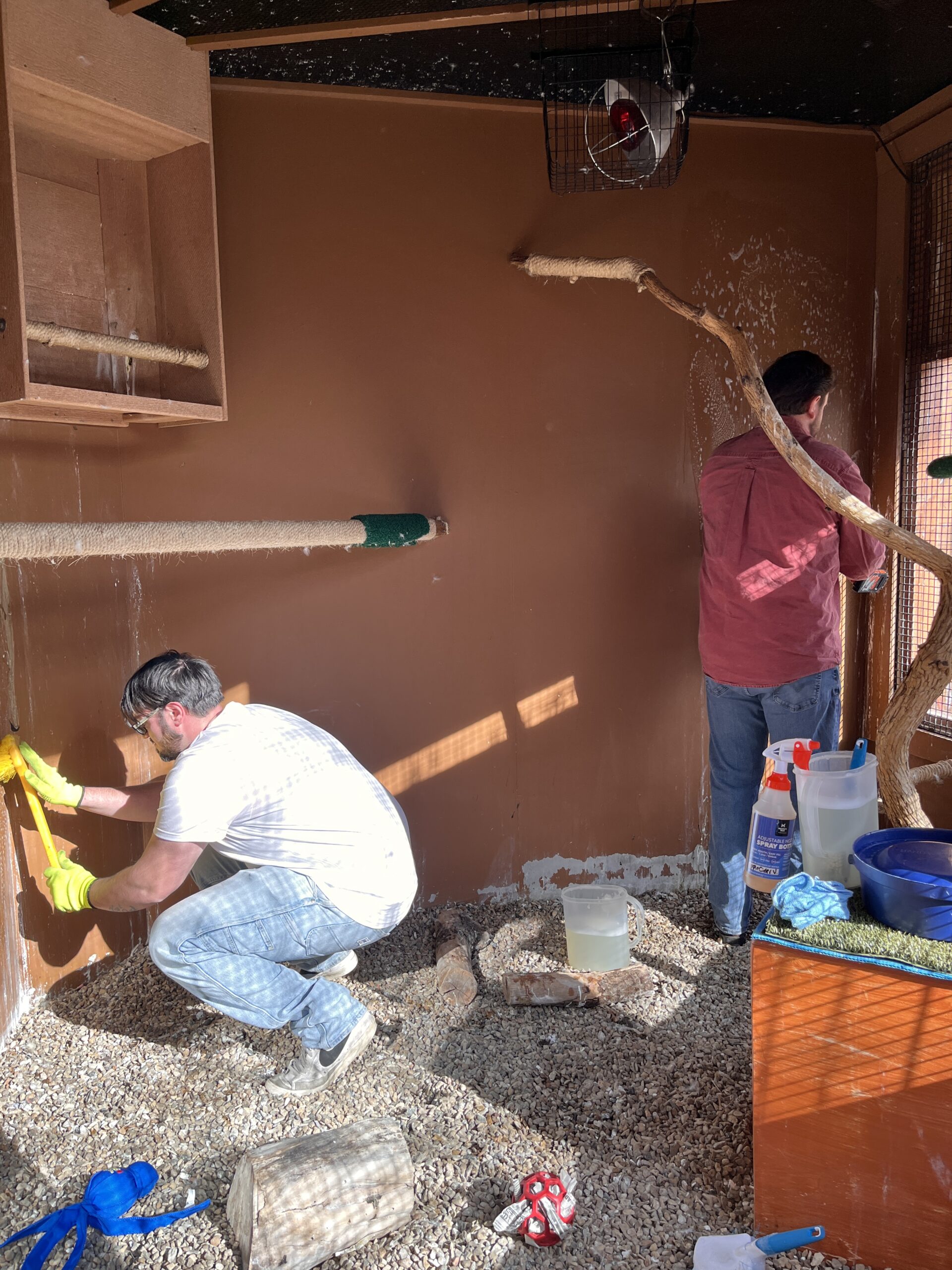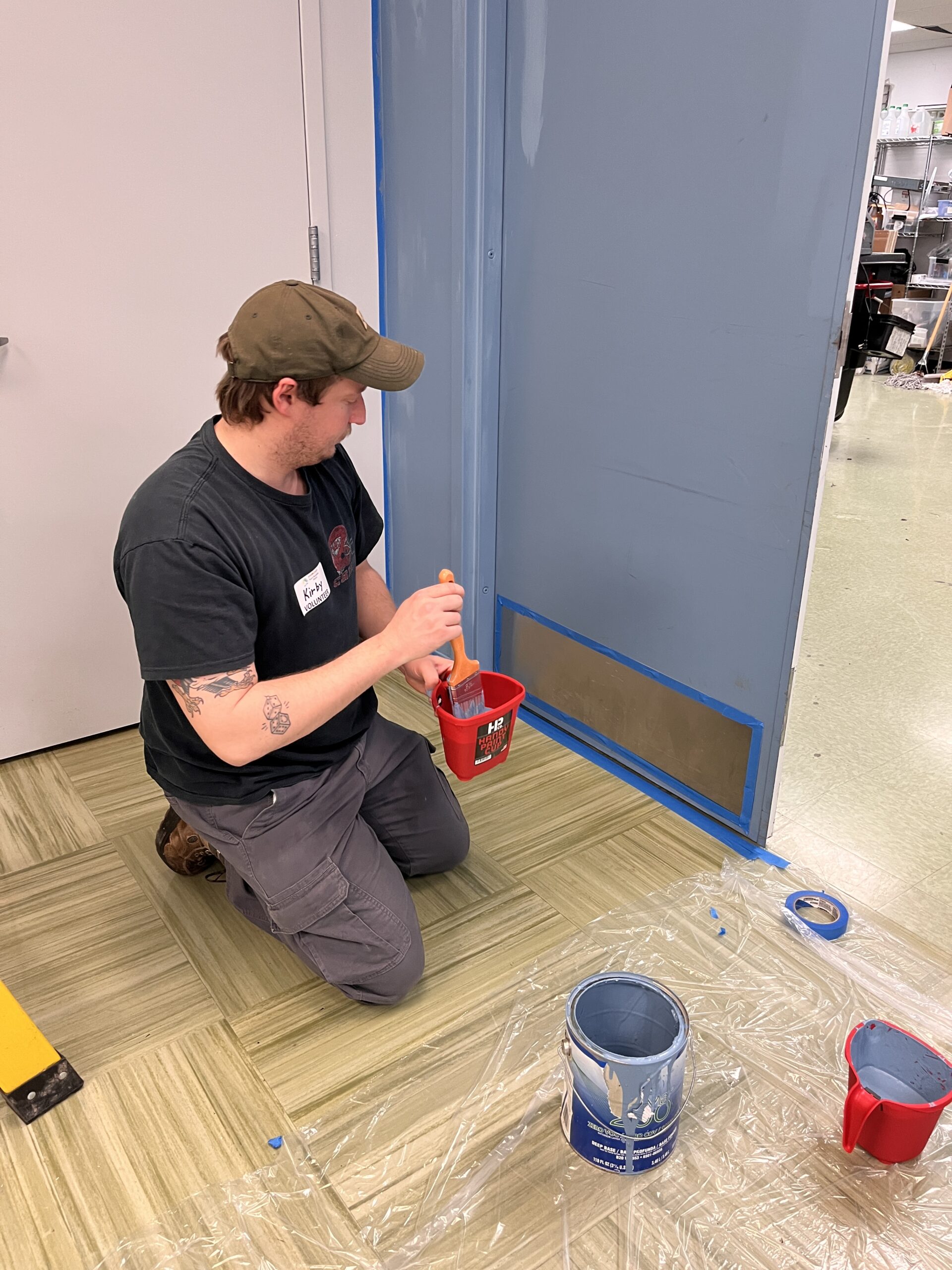Honoring The Blachly Family

Every year on April 7th, we come together to celebrate a tradition that means a lot to all of us at One Hour Heating & Air Conditioning of Johnson County: Founder’s Day. It’s our opportunity to honor the legacy of our founders, Ramon and Janet Blachly, who started this company back in 1987 with a mission to provide honest, dependable home comfort service to their community.
What began as a small, family-run business has grown into something truly meaningful—serving homeowners across Johnson County and surrounding areas with integrity, reliability, and a whole lot of heart. And we wouldn’t be here without the Blachlys’ bold dream and dedication to their community.
Founder’s Day became an annual tradition when their son Jonathan and his wife Ilsy took over the company, proudly carrying on the values Ramon and Janet built it on. What started as a small, family-run business has grown into something truly special—and we’re all proud to be part of it.
This year, we kicked off the celebration with a big team breakfast at the office, followed by a couple of hours of fun at Top Golf. It was a chance to hit pause, reflect on how far we’ve come, and celebrate not just where we started, but the amazing people who keep us moving forward every day.
We’re deeply grateful to Ramon and Janet for their vision, and to Jonathan and Ilsy for keeping that vision alive. And most of all, we’re thankful for every member of the One Hour team—past and present—who help make this company what it is today.
Take a look at some of our favorite moments from this year’s Founder’s Day below!






















